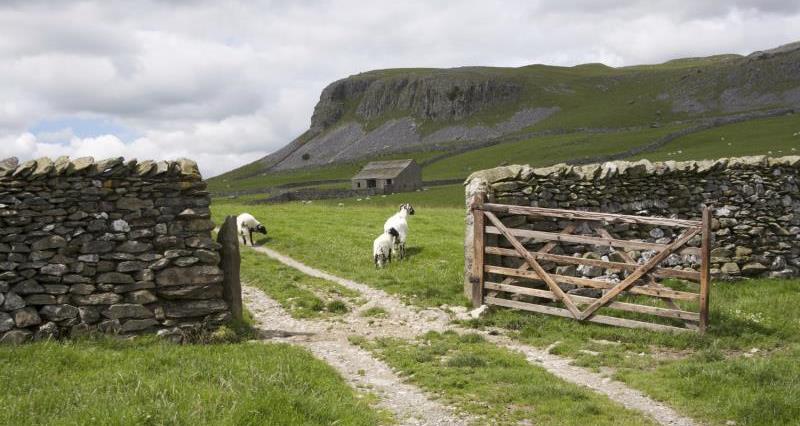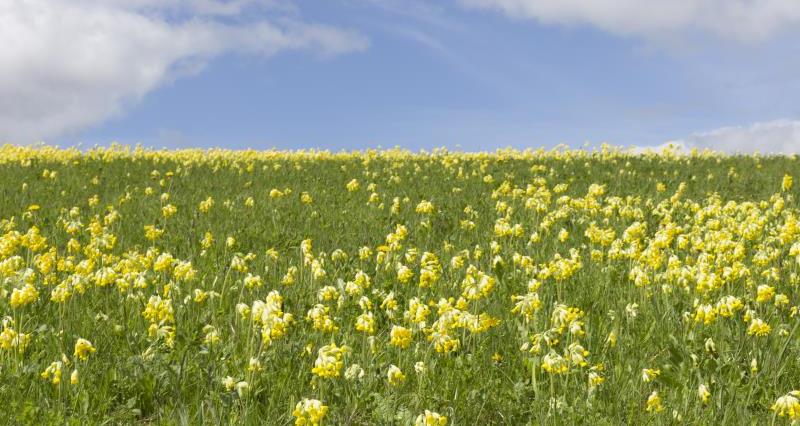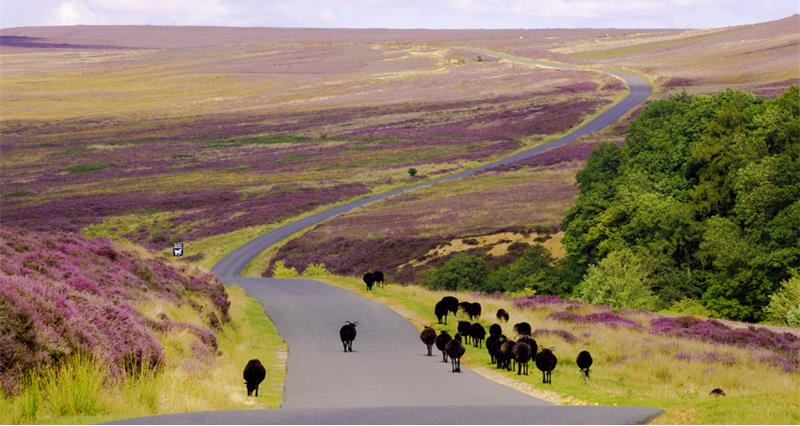The framework outlines the government's ambition for the future of National Parks and National Landscapes (AONBs) – ‘Protected Landscapes’. This will primarily be delivered through existing mechanisms such as LNRS (Local Nature Recovery Strategies), by building on funding schemes such as FiPL (Farming in Protected Landscapes) and new policies, some of which were introduced as part of the recent COP28 nature announcement.
The framework also sets out how these landscapes will contribute to the national Environment Targets and global ambition to protect 30% of land and sea by 2030 (30by30).
To deliver this, ambitious non-statutory targets have been created and will be shared across Protected Landscapes. Over the next 18 months Natural England will work with individual Protected Landscape bodies to set their bespoke contribution to the national targets for Protected Landscapes and to integrate these into their management plans.
How will the targets work?
The 10 Protected Landscape targets align with relevant goals and targets within the EIP. Some are based on actions while others have a set numerical contribution. The targets sit across the different themes of:
- thriving plants and wildlife
- mitigating and adapting to climate change
- Enhance beauty, heritage, and engagement with the natural environment
Baseline data, opportunity mapping and trajectory information have been used to create the targets, which Defra see as being achievable.
This process identified that Protected Landscapes have greater potential to deliver the habitat creation, tree canopy cover and protected site condition targets compared with non-protected areas.
“It is vital that the government ensures that the farming businesses which sustainably produce food, manage the environment, and support local communities, aren’t determinately disadvantaged as a result.”
NFU Countryside adviser Poppy Sherborne
Protected landscapes cover 26% of the country (over 3 million hectares) and include 50% of England’s SSSIs (Sites of Special Scientific Interest). Despite only making up a quarter of the country, it is expected that these landscapes will contribute to half the target to create or restore 250,000 of wildlife-rich habitats within Protected Landscapes but outside of protected sites by 2042.
Exactly how these figures have been calculated isn’t clear and the NFU will be seeking more detail to better understand how these targets are expected to be delivered.
Farming businesses must not be disadvantaged
With the framework and targets having such a strong focus on improving nature and access in these landscapes, it is critical the government ensures farming businesses which sustainably produce food, manage the environment, and support local communities, aren’t determinately disadvantaged as a result, and can be thriving and viable businesses within these areas.
This will be particularly relevant for the many upland farms in these areas – 75% are in Protected Landscapes.
Defra acknowledges that the targets are set at a high level of ambition and are pushing for Protected Landscapes to go above and beyond the target ambitions. The NFU is concerned that, given the already ambitious targets, further additions could have unforeseen consequences which haven’t been considered as part of the original target impact assessment.
Actions to deliver the targets will be development and coordinated by Protected Landscape bodies but it will be the responsibility of all stakeholders, partners, and land managers in the area to support their delivery.
Existing and further secondary legislation will require relevant authorities to integrate the targets into the Protected Landscape management plans, this in turn will then be incorporated into the LNRS. Progress against the targets will be monitored against set indicators annually.
Protected Landscapes non-statutory targets
Thriving plants and wildlife (EIP Goal 1)
- Target 1: Restore or create more than 250,000 hectares of a range of wildlife-rich habitats within Protected Landscapes, outside protected sites by 2042 (from a 2022 baseline).
- Target 2: Bring 80% of SSSIs within Protected Landscapes into favourable condition by 2042.
- Target 3: For 60% of SSSIs within Protected Landscapes assessed as having ‘actions on track’ to achieve favourable condition by 31 January 2028.
- Target 4: Continuing favourable management of all existing priority habitat already in favourable condition outside of SSSIs (from a 2022 baseline) and increasing to include all newly restored or created habitat through agri-environment schemes by 2042.
- Target 5: Ensuring at least 65% to 80% of land managers adopt nature friendly farming on at least 10% to 15% of their land by 2030.
Mitigating and adapting to climate change targets (EIP Goal 7)
- Target 6: Reduce net greenhouse gas emissions in Protected Landscapes to net zero by 2050 relative to 1990 levels.
- Target 7: Restore approximately 130,000 hectares of peat in Protected Landscapes by 2050.
- Target 8: Increase tree canopy and woodland cover (combined) by 3% of total land area in Protected Landscapes by 2050 (from 2022 baseline).
Enhancing beauty, heritage, and engagement with the natural environment targets (EIP Goal 10)
- Target 9: Improve and promote accessibility to and engagement with Protected Landscapes for all using existing metrics in our Access for All programme.
- Target 10: Decrease the number of nationally designated heritage assets at risk in Protected Landscapes.



